Change in Material Per Turn

This chart is based on a single playout, and gives a feel for the change in material over the course of a game.
Place a piece of either colour, make a line of 5 to win, or a line of 4 loses.
Two players (White and Black) take turns. In their turn, players choose a piece of any(!) color and place it on an empty space. A piece may not be placed such that a group of more than 5 pieces is created. If, at the end of a player's turn, ...
An end condition is effective when it occurred first. So, if a player can't defend a 4-group, but could build a 5-group elsewhere, the game is lost.
In the rare situation where a player can't make a legal move, he must pass. However - even then - a possible end condition must be checked. If no winner can be declared, the game ends in a draw.
General comments:
Play: Combinatorial
Family: Yavalath
Mechanism(s): Strict Placement
Components: Board
| BGG Entry | Manalath |
|---|---|
| BGG Rating | 7.375 |
| #Voters | 20 |
| SD | 1.83627 |
| BGG Weight | 2 |
| #Voters | 2 |
| Year | 2012 |
| User | Rating | Comment |
|---|---|---|
| seneca29 | N/A | astratto in tavoliere esagonale con 5 esagoni per lato (Tintas o Catchup) |
| HarryPouncer | 8 | |
| pecan | 6 | |
| KeithOz | 7 | |
| trapeze | 9 | It is early days, but it seems like one must try to set up a ‘background’ pattern which can then be used in a sequence of forced moves. Rather enjoying it. It will be interesting to see if the game has lasting power. Using our Yavalath set. |
| mrraow | 7 | This is certainly a game where your own pieces can be a liability; nonetheless, there are patterns to be learned, and once you have the patterns there is clarity. |
| arian | 7 | |
| Kaffedrake | 5 | Feels like a successful generalization of Yavalath's 4-but-not-3 mechanism. Good enough for an X-in-a-blob. Revolves around the diminishing presence of safe plays and parries, partially dictated by the edges of the board. |
| orangeblood | 8 | This is quite an underrated brain burner. |
| schwarzspecht | 8 | |
| ervandarnell | 7 | It's just hex paper, how can you not own it? Interesting game for being non-obvious. Simple things like extending either direction do not work because of the no quart rule. You are trying bend 2 1 2 patterns around while blocking the opponent from doing the same, and the having just the right space to force one as you fill the board/circle the board. |
| at010 | 6 | |
| grasa_total | 9 | Seems like it should be more interesting than its sibling Yavalath, but I was so breaktakingly bad at this as for it to fall flat. Would happily try again, though. [Update: As hoped, a lot of fun once I understood the basics.] |
| russ | 8 | Reminds me a little bit of [gameid=27172] in that you place pieces but can't make a contiguous group above a certain size (5 in this case). You can place your own color or your opponent's! To win, try to cause an opponent's group of size 4 which they cannot grow to size 5 because it would merge with a nearby group and exceed size 5. There are tricky tactics to discover! |
| tsaito | 8 | |
| Aiken Drum | 8 | |
| FiveStars | 9 | Very elegant game. Simple rules, but extremely interesting to play. Beautiful tactics and more strategy involved than most people might think. Players can place 30 pieces of one color at most (see the folder "Manalath extremes"), that is, the rule limiting the number of counters to 30 pieces of each color is a restriction you can forget. There is a very childish rule resolving draws (that are positions in which the actual goal of the game - making a five or forcing the opponent to make a four - cannot be achieved). I recommend to forget it: (a) you won't need it (b) it is against the very nature of the game Draws won't happen in games played by real people who do not cooperate. If two computers played against each other, just making random moves, a draw could also occur (theoretically), although you may need more years than the age of the universe even if the computers played a move every second. Strategy and tactics reminds me of Renju and Manalath may have a serious first move advantage like other pattern forming (especially n-in-a-row) games. However, the game is far from trivial and considerable expertise would be necessary to exploit a structural first move advantage. There is another childish rule though: Limiting the board to a (rather small) size. Feel free to experiment with larger sizes or even infinite boards even if the game's designers won't like the freedom you claim. It makes an interesting challenge and a worthwile change. |
| camb | 9 | This is a wonderful game, that got more and more interesting the more we played it. |
| rayr | 8.5 | [b]2018-12-27 - R:8.5[/b] This game has been slowly revealing itself. At first, I played mostly my own color and only responded with my opponent's color when I needed to keep him from joining groups. Over and over the game played out the same way, with one player (usually the first player) ending with a group of five. Try as I might, I couldn't create a situation where it was possible to create a group of four and force a loss. I shelved it for a few months. Then I took it on a trip and taught it to a bunch of people and was shocked when a few "Let's see what happens if..." plays resulted in something completely different. [i]Your[/i] pieces are your opponent's strongest weapon to use against you. Your opponent can win this game without a single one of his pieces on the board! Looking forward to exploring this game further. |
| Smjj | 1 | |
| William Donks | N/A | Spellenkaart #0026. |
| oppenheimer | N/A | PnP; unplayed. |
| nestorgames | 9 | Fun to design and fun to play :) |
| AI | Strong Wins | Draws | Strong Losses | #Games | Strong Win% | p1 Win% | Game Length |
|---|---|---|---|---|---|---|---|
| Random | |||||||
| Grand Unified UCT(U1-T,rSel=s, secs=0.01) | 36 | 0 | 0 | 36 | 100.00 | 55.56 | 20.72 |
| Grand Unified UCT(U1-T,rSel=s, secs=0.07) | 36 | 0 | 12 | 48 | 75.00 | 50.00 | 15.77 |
Level of Play: Strong beats Weak 60% of the time (lower bound with 90% confidence).
Draw%, p1 win% and game length may give some indication of trends as AI strength increases; but be aware that the AI can introduce bias due to horizon effects, poor heuristics, etc.
| Size (bytes) | 28571 |
|---|---|
| Reference Size | 10293 |
| Ratio | 2.78 |
Ai Ai calculates the size of the implementation, and compares it to the Ai Ai implementation of the simplest possible game (which just fills the board). Note that this estimate may include some graphics and heuristics code as well as the game logic. See the wikipedia entry for more details.
| Playouts per second | 48129.45 (20.78µs/playout) |
|---|---|
| Reference Size | 1322576.38 (0.76µs/playout) |
| Ratio (low is good) | 27.48 |
Tavener complexity: the heat generated by playing every possible instance of a game with a perfectly efficient programme. Since this is not possible to calculate, Ai Ai calculates the number of random playouts per second and compares it to the fastest non-trivial Ai Ai game (Connect 4). This ratio gives a practical indication of how complex the game is. Combine this with the computational state space, and you can get an idea of how strong the default (MCTS-based) AI will be.
| 1: Purple win % | 47.50±3.08 | Includes draws = 50% |
|---|---|---|
| 2: Orange win % | 52.50±3.10 | Includes draws = 50% |
| Draw % | 0.00 | Percentage of games where all players draw. |
| Decisive % | 100.00 | Percentage of games with a single winner. |
| Samples | 1000 | Quantity of logged games played |
Note: that win/loss statistics may vary depending on thinking time (horizon effect, etc.), bad heuristics, bugs, and other factors, so should be taken with a pinch of salt. (Given perfect play, any game of pure skill will always end in the same result.)
Note: Ai Ai differentiates between states where all players draw or win or lose; this is mostly to support cooperative games.
| Label | Its/s | SD | Nodes/s | SD | Game length | SD |
|---|---|---|---|---|---|---|
| Random playout | 49,342 | 180 | 1,059,937 | 3,675 | 21 | 6 |
| search.UCB | 53,812 | 4,741 | 8 | 1 | ||
| search.UCT | 52,626 | 4,186 | 10 | 3 |
Random: 10 second warmup for the hotspot compiler. 100 trials of 1000ms each.
Other: 100 playouts, means calculated over the first 5 moves only to avoid distortion due to speedup at end of game.
Rotation (Half turn) lost each game as expected.
Reflection (X axis) lost each game as expected.
Reflection (Y axis) lost each game as expected.
Copy last move lost each game as expected.
Mirroring strategies attempt to copy the previous move. On first move, they will attempt to play in the centre. If neither of these are possible, they will pick a random move. Each entry represents a different form of copying; direct copy, reflection in either the X or Y axis, half-turn rotation.
| Game length | 25.84 | |
|---|---|---|
| Branching factor | 111.49 | |
| Complexity | 10^52.04 | Based on game length and branching factor |
| Samples | 1000 | Quantity of logged games played |
| Distinct actions | 140 | Number of distinct moves (e.g. "e4") regardless of position in game tree |
|---|---|---|
| Good moves | 90 | A good move is selected by the AI more than the average |
| Bad moves | 50 | A bad move is selected by the AI less than the average |
| Samples | 1000 | Quantity of logged games played |

This chart is based on a single playout, and gives a feel for the change in material over the course of a game.

This chart shows the best move value with respect to the active player; the orange line represents the value of doing nothing (null move).
The lead changed on 16% of the game turns. Ai Ai found 1 critical turn (turns with only one good option).
Overall, this playout was 76.00% hot.

This chart shows the relative temperature of all moves each turn. Colour range: black (worst), red, orange(even), yellow, white(best).

Table: branching factor per turn.

This chart is based on a single playout, and gives a feel for the types of moves available over the course of a game.
Red: removal, Black: move, Blue: Add, Grey: pass, Purple: swap sides, Brown: other.
| 0 | 1 | 2 | 3 |
|---|---|---|---|
| 1 | 140 | 9800 | 447720 |
Note: most games do not take board rotation and reflection into consideration.
Multi-part turns could be treated as the same or different depth depending on the implementation.
Counts to depth N include all moves reachable at lower depths.
Inaccuracies may also exist due to hash collisions, but Ai Ai uses 64-bit hashes so these will be a very small fraction of a percentage point.
No solutions found to depth 3.
| Moves | Animation |
|---|---|
| c9p,b8o,c7o | 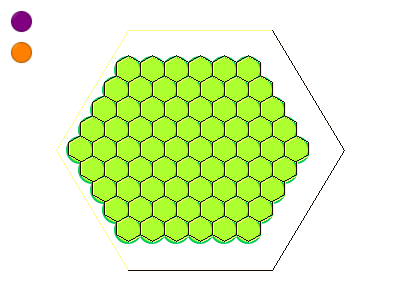 |
| b8o,c9p,c7o | 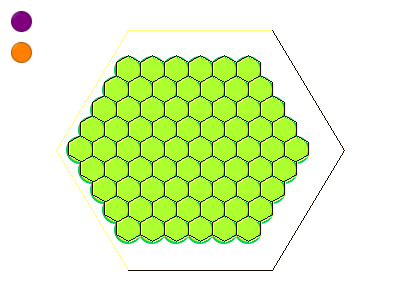 |
| b8p,d4o,e4o | 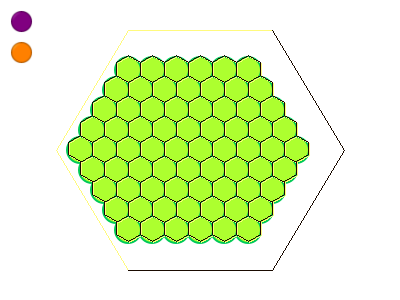 |
| d4o,b8p,e4o | 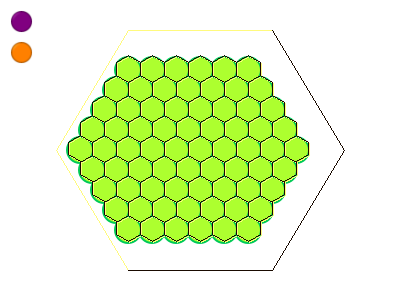 |
| g2p,e3o | 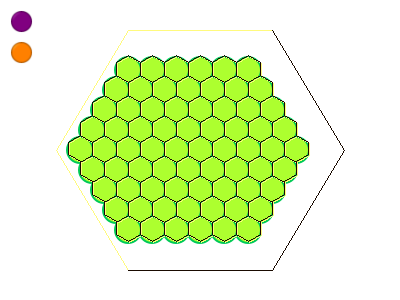 |
| f4p,e2o | 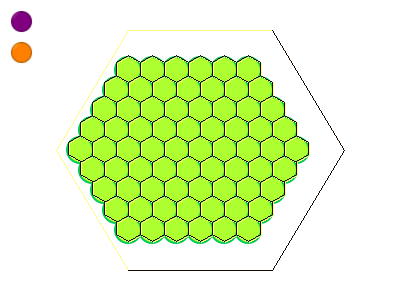 |
| i5p,a8o | 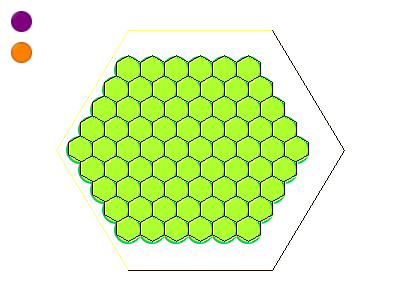 |
| d7p,g4o | 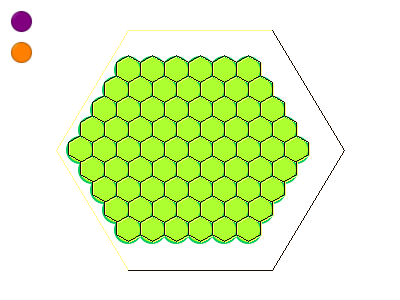 |
| b9p,c4o | 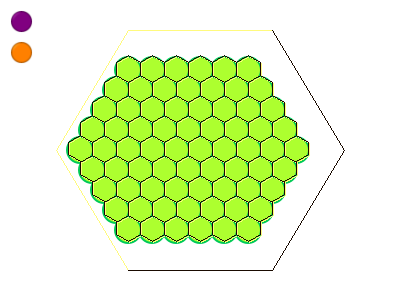 |
| e2o,f4p | 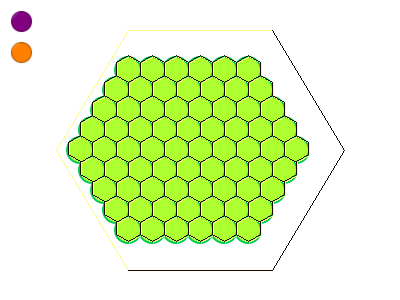 |
| e3o,g2p | 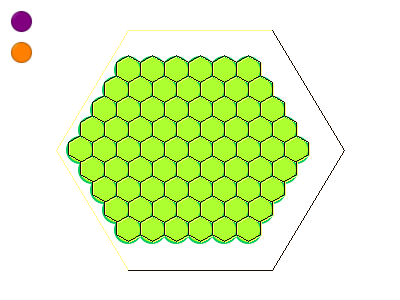 |
| c4o,b9p | 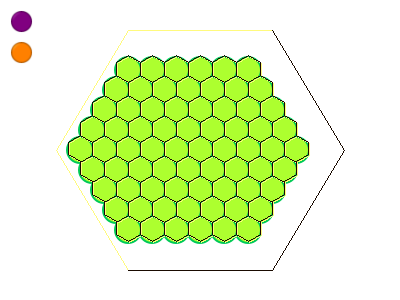 |
| g4o,d7p | 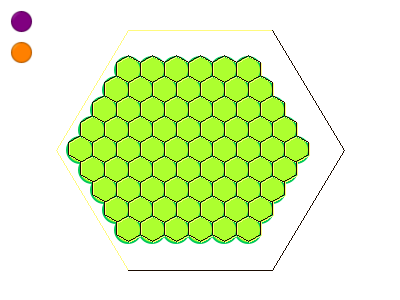 |
| a6o,a9o | 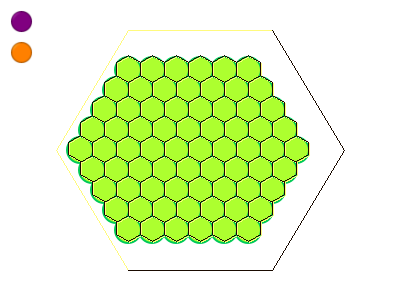 |
| a8o,i5p | 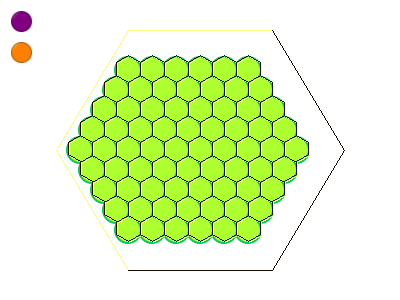 |
| a9o,a6o | 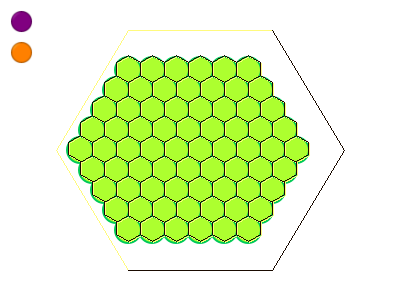 |
| c9p,b8o | 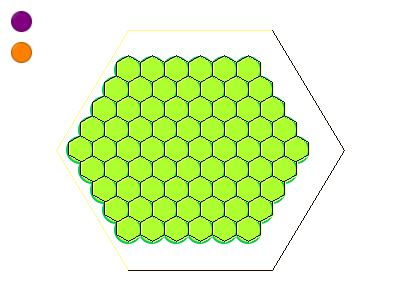 |
| b8o,c9p | 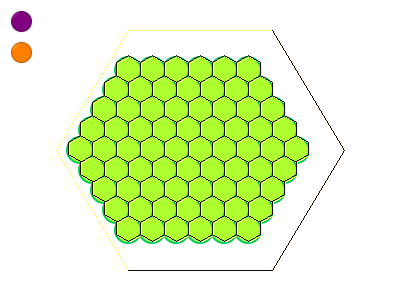 |
| e2p,a8p | 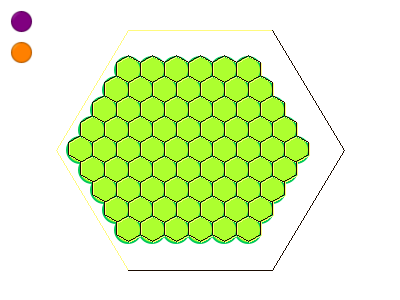 |
| f2p,g6o | 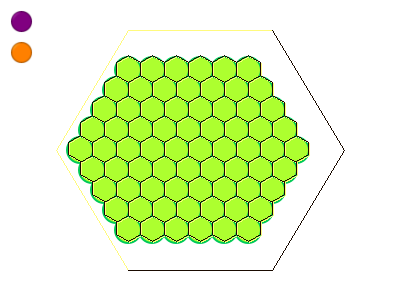 |